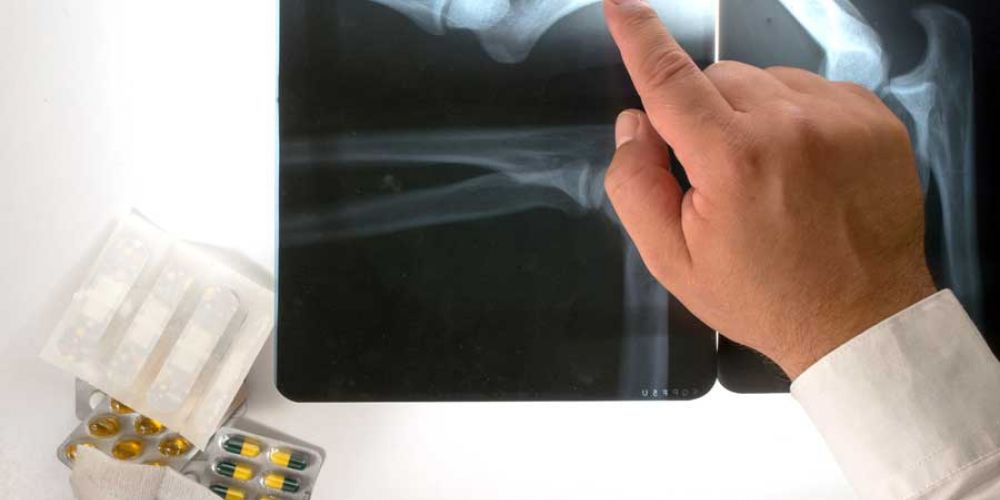When patients undergo diagnostic imaging tests, it is reasonable for them to assume that the results will be detailed enough for their provider to interpret them accurately. Medicine is far from an exact science, though, and the images that result from X-rays, CT scans, and MRI machines can be challenging to read in certain cases.
When an imaging test does not yield clear results, the physician has a duty to order additional scans or to perform some other kind of testing such as a biopsy. If the results appear to be relatively clear, though, the doctor may not even realize the patient needs a more comprehensive analysis.
Depending on the circumstances, misreading imaging reports can have devastating consequences. In such scenarios, patients are likely to sue their treating physician for malpractice, even if he or she is not actually liable for the damages.
If you are facing a lawsuit for allegedly misreading imaging reports, the medical malpractice defense lawyers at Lubell Rosen can help. We know what it takes to overcome these claims, and we will fight tirelessly on your behalf. Call (954) 880-9500 to schedule a case evaluation with a medical malpractice defense attorney in Florida.
Common Reasons for Misreading Diagnostic Imaging Reports
Even if a doctor does in fact misread diagnostic images, he or she might not be liable for any damages. If another reasonable physician would have interpreted the images the same way, for example, then the doctor was not negligent and the patient would not have grounds for a malpractice claim.
Providers can protect themselves from potential lawsuits by knowing why some images are likely to be misinterpreted in the first place. This will allow them to take steps to avoid diagnostic errors. Common reasons for misreading imaging reports include:
1. The imaging equipment was defective.
Diagnostic imaging equipment is like any piece of machinery in that it can malfunction. It may also contain manufacturing or design defects. In either case, the equipment can produce inaccurate reports that are challenging to interpret.
2. The radiologist downplayed certain findings.
When radiologists review film, they will note both pressing concerns and incidental findings. Upon receiving the report, the patient’s treating physician will address the pressing concerns first.
If the radiologist’s interpretation is wrong, though, and the abnormalities they deemed secondary require immediate care, the patient might end up suing the doctor for delayed treatment. Providers can avoid these kinds of claims by addressing all potential issues revealed in the diagnostic images as soon as possible.
3. The patient’s symptoms did not correspond to the imaging results.
If a patient’s symptoms are indicative of one condition but the imaging results reveal another, a reasonable physician should conduct additional testing to confirm the diagnosis. Depending on the circumstances, though, immediate treatment may be necessary. In such a scenario, a reasonable doctor may have to risk facing a suit over misreading imaging reports to prevent potentially life-threatening complications.
Discuss Your Case with a Medical Malpractice Defense Lawyer in Florida
If a patient is suing you for allegedly misreading imaging reports, turn to the AV-rated legal team at Lubell Rosen. Call (954) 880-9500 or fill out our Contact Form to schedule a case evaluation with one of our strategic medical malpractice defense attorneys.

